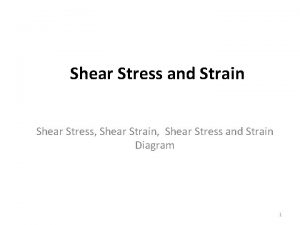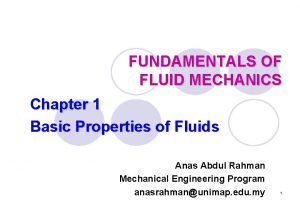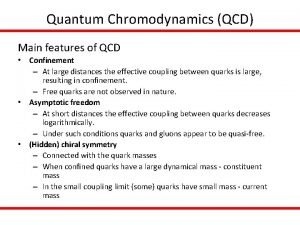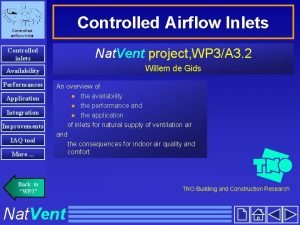Controlled confinement transitions with low magnetic shear at



- Slides: 3

Controlled confinement transitions with low magnetic shear at the edge Nils P. Basse, S. Zoletnik 1 MIT Plasma Science and Fusion Center 1 KFKI-RMKI, Budapest, Hungary Motivation: • Confinement was very sensitive to the (edge) safety factor in the low magnetic shear W 7 -AS stellarator. • A slight modification of the q-profile could be made by small, slow current ramps (0 to 2 k. A). • Transport barriers linked to low-order rational surfaces move radially as the q-profile is varied. Method: • Make a target plasma with low edge shear using LHCD, thereafter ramp the plasma current slowly to change the q-profile. Result: • Create controlled confinement transitions, measure turbulence.

Controlled confinement transitions with low magnetic shear at the edge Inner wall limited, low density L-mode plasmas have been developed in CMod as a part of ongoing current ramping experiments. No global confinement changes have been observed so far, probably because of large shear in C-Mod compared to W 7 -AS.

Controlled confinement transitions with low magnetic shear at the edge However, changes between the ’higher qa’ and ’lower qa’ states were observed when we correlated e. g. ECE and PCI measurements. Further, analyzing high frequency PCI wavenumber spectra a clear development was also seen. These indicators show that we could be close to conditions where a global confinement change is achieved. Using LHCD as a tool to flatten the edge shear, we hope to be able to find a scenario where turbulence during controlled confinement transitions can be studied in great detail as we did in W 7 -AS.




